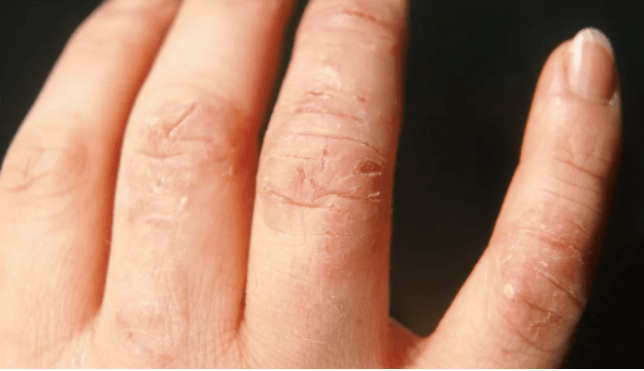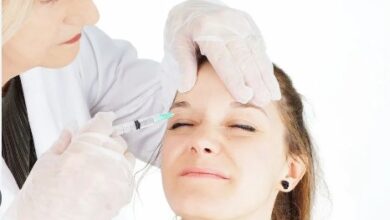11 Skin Disorders That Causes Eczema

Eczema is a reaction pattern that the skin creates in response to a variety of diseases rather than a specific health condition. Red, raised small blisters with clear fluid appear on top of red, elevated plaques at the start of the outbreak. As a result of the blisters breaking, the skin on the affected area will weep and ooze. In older eczema, also known as chronic eczema, the blisters are less visible, and the skin is thickened, raised, and scaling, rather than blistering. Eczema is almost usually highly itchy, especially in the early stages.
11 Skin Disorders That Causes Eczema
There are at least 11 different types of skin diseases that might cause eczema to manifest itself. It is critical to distinguish between the two in order to design a rational treatment plan for each. This is not always straightforward.
Atopic Dermatitis
A health problem that has a genetic basis and is characterized by the development of a common kind of eczema. Atopic dermatitis tends to manifest itself early in childhood in those who have a genetic susceptibility to inhalant allergies, but it is unlikely to be caused by an allergic reaction. Rashes appear on the cheeks, neck, elbow and knee creases, and ankles, and have a characteristic appearance.
Irritant Dermatitis
A skin condition that occurs when the skin is continuously exposed to harmful substances or excessive bathing.
Allergic Contact Dermatitis
(Also known as allergic contact dermatitis) occurs when the body’s immune recognition system is triggered at the location of the next exposure to a chemical that is an allergen. This results in the development of dermatitis. Poison ivy allergy is one example of this type of allergy.
Stasis Dermatitis
A condition known as stasis dermatitis is a skin condition that affects the lower legs of patients who have impaired circulation in the veins of their legs.
Fungal infections
Although this can cause a pattern that is similar to many other types of eczema, the fungus can be seen under a microscope or cultivated in culture and identified.
Scabies
This condition is caused by an invasion of the mites that feed on humans, and it can manifest itself as an itchy rash that looks quite similar to other forms of eczema.
Pompholyx
This is a widespread but poorly understood health ailment that typically affects the hands and, in some cases, the feet. It manifests itself as an itchy rash formed of tiny blisters (vesicles) on the sides of the fingers or toes, as well as the palms or soles of the feet.
Lichen Simplex Chronicus
This condition causes thickening plaques of skin to form on the shins and neck, which are common locations for this condition.
Nummular Eczema
In general, coin-shaped plaques of scaling skin on the lower thighs of older people are referred to as nummular eczema, which is a vague word for the condition.
Xerotic Eczema
Xerotic (dry skin) eczema is characterized by cracking and oozing of the skin when the skin becomes too dry.
Seborrheic Dermatitis
Adults with seborrheic dermatitis develop a rash on their scalp, face, ears, and, on rare occasions, the middle of their chest. The rash can appear behind the ears and spread across the body in infants. In some cases, it can be fairly severe, affecting the entire body.




